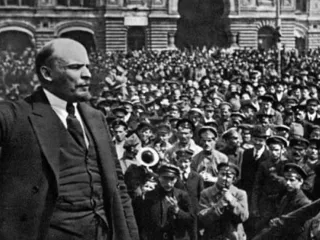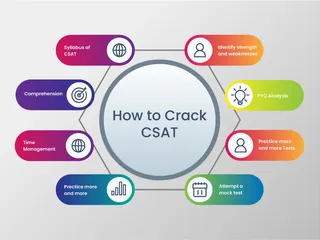A breakdown of law and order signifies a significant weakening or complete failure of the systems designed to maintain peace, security, and justice within a society. This can manifest in various forms, from increased crime rates and violence to widespread social unrest and the erosion of public trust in institutions. Understanding this complex issue requires examining its multifaceted causes, its devastating consequences, and potential strategies for improvement.
Causes of Law and Order Breakdown:
The causes are rarely singular and often interconnected. Key factors include:
- Socioeconomic Inequality: Extreme disparities in wealth, opportunity, and access to resources can fuel resentment and frustration, leading to crime and social unrest. Studies consistently link high levels of inequality to higher crime rates. World Bank - Crime
- Weak Governance and Corruption: Inefficient or corrupt law enforcement agencies, judicial systems, and government institutions undermine public trust and create fertile ground for criminal activity. Lack of accountability exacerbates the problem.
- Political Instability: Conflicts, civil wars, and political turmoil often severely disrupt law and order, creating environments where violence and crime flourish.
- Lack of Access to Justice: When citizens lack access to fair and efficient legal processes, they may resort to self-help or vigilante justice, further destabilizing the situation.
- Social Disintegration: Breakdown of social cohesion, weakening of community bonds, and the absence of positive role models can contribute to higher crime rates and social disorder.
Consequences of Law and Order Breakdown:
The consequences of failing law and order are far-reaching and devastating:
- Increased Crime Rates: A predictable outcome is a surge in violent and non-violent crimes, impacting individuals, businesses, and the economy.
- Economic Instability: Crime and instability deter investment, damage infrastructure, and disrupt economic activity, leading to poverty and unemployment.
- Erosion of Public Trust: Loss of faith in law enforcement, the judiciary, and government institutions weakens social cohesion and cooperation.
- Human Rights Violations: Breakdowns often lead to human rights abuses, including police brutality, arbitrary arrests, and extrajudicial killings.
- Mass Migration: Individuals and families may flee areas affected by lawlessness, creating further instability in other regions.
Potential Solutions:
Addressing this complex problem requires a multi-pronged approach:
- Promoting Economic Opportunity: Reducing poverty and inequality through investments in education, job creation, and social welfare programs.
- Strengthening Governance and Institutions: Promoting transparency, accountability, and the rule of law within government institutions and law enforcement agencies. This includes fighting corruption and ensuring effective oversight.
- Improving Community Policing: Building strong relationships between law enforcement and the communities they serve to foster trust and cooperation.
- Investing in Crime Prevention: Implementing programs aimed at early intervention, rehabilitation, and addressing the root causes of crime.
- Promoting Social Inclusion and Cohesion: Strengthening community bonds and fostering a sense of belonging through community development initiatives.
- Addressing Systemic Issues: Tackling systemic issues such as racism, discrimination, and marginalization which often contribute to law and order breakdowns.
The breakdown of law and order is a grave threat to societies worldwide. Effective solutions require sustained effort, collaboration, and a commitment to building just and equitable societies.































